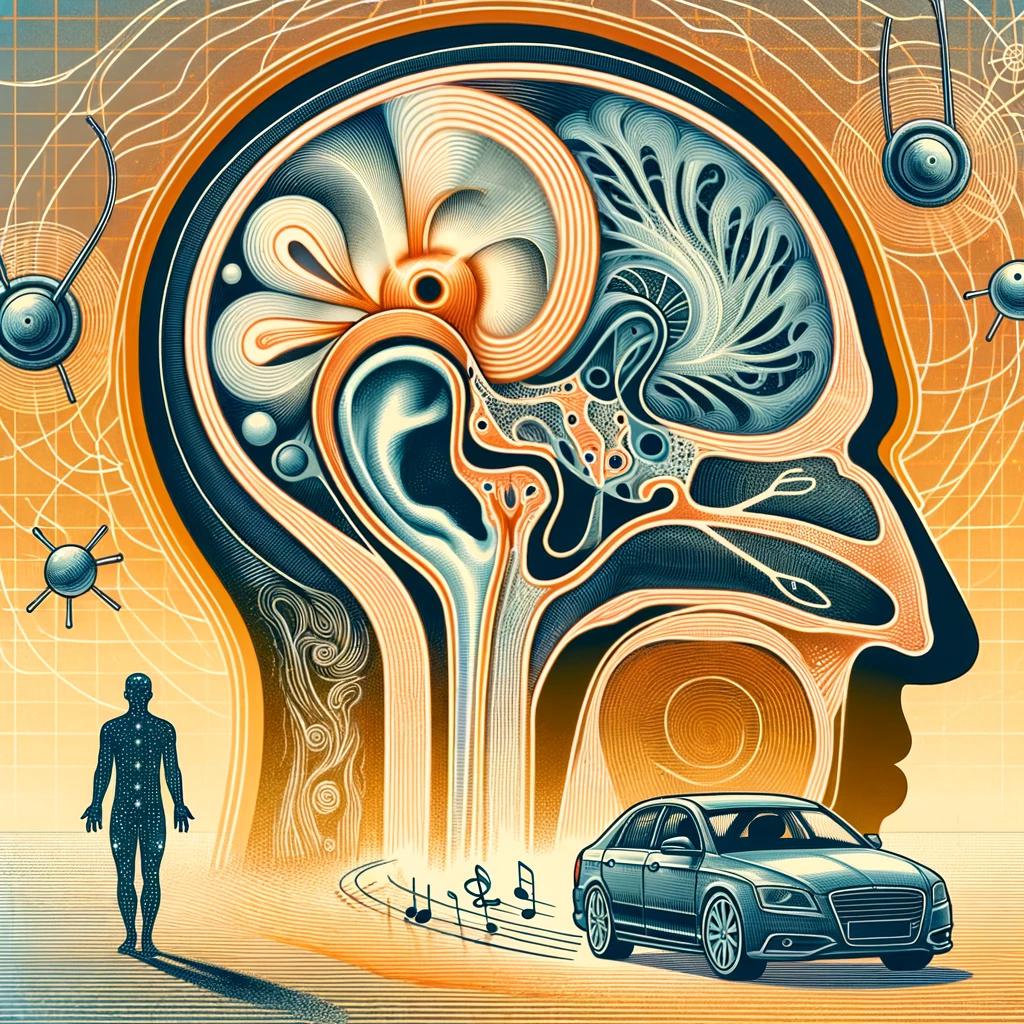The short answer to What causes car travel sickness? Car travel sickness, also known as motion sickness, occurs when the brain receives conflicting signals from the inner ears, eyes, and other parts of the body in response to movement. Essentially, it arises from a discrepancy between the motion sensed by the inner ear and the motion visualized. While the eyes might perceive movement, the inner ear — which helps control balance — may not, leading to symptoms like dizziness, nausea, and vomiting. This condition is not just limited to car travel; it can happen during any type of transportation, such as by plane, train, or boat. Understanding the causes, prevention methods, and treatments for car travel sickness can greatly improve the travel experience for those affected.
The Science Behind Car Travel Sickness

At the core of car travel sickness is the vestibular system, located in the inner ear, which plays a crucial role in maintaining balance and spatial orientation. This system detects motion and changes in position. When traveling in a car, the eyes might see the interior of the car, which appears stationary, while the inner ear senses movement through turns, accelerations, and decelerations. This mismatch of sensory information is relayed to the brain, which struggles to reconcile the conflicting signals, leading to the symptoms of motion sickness.
Who is Affected?
Car travel sickness can affect anyone, but it is more common in children from 2 to 12 years old, pregnant women, and individuals prone to migraines. Some people may outgrow it, while others continue to experience symptoms into adulthood. Genetic factors also play a role, with susceptibility to motion sickness running in families.
Symptoms of Car Travel Sickness
The symptoms of car travel sickness can range from mild to severe and may include:
- Nausea and vomiting
- Dizziness
- Sweating
- Headache
- Fatigue
- Pallor (pale skin)
Preventive Measures

Understanding and implementing preventive measures can significantly reduce the chances of experiencing car travel sickness:
- Positioning in the Vehicle: Sitting in the front seat or driving can help minimize symptoms by aligning the visual and vestibular inputs more closely. Children can benefit from booster seats that allow them to look out the window.
- Focus on the Horizon: Looking at a distant point on the horizon rather than reading or using electronic devices can help align the sensory signals about movement.
- Adequate Ventilation: Fresh air can alleviate symptoms of nausea, so keeping a window open or directing the air conditioning towards the face might be beneficial.
- Limiting Food and Drink: Avoiding heavy meals, spicy or greasy foods, and alcohol before and during travel can reduce the likelihood of nausea.
- Ginger: Some people find natural remedies like ginger helpful in preventing nausea associated with motion sickness.
Treatments
When preventive measures are not enough, treatments are available to manage the symptoms:
- Over-the-Counter Medications: Antihistamines such as dimenhydrinate (Dramamine) and meclizine (Bonine) are commonly used to treat and prevent motion sickness. These medications can cause drowsiness, so they should be used cautiously.
- Prescription Medications: In severe cases, doctors may prescribe scopolamine (Transderm Scop), a patch placed behind the ear several hours before travel.
- Acupressure Bands: Worn on the wrist, these bands apply pressure to a specific point believed to reduce nausea.
Behavioral and Cognitive Strategies
Beyond medications and physical remedies, behavioral and cognitive strategies can be effective:
- Desensitization Therapy: Gradually increasing exposure to the conditions that trigger motion sickness can help some people build tolerance over time.
- Cognitive Behavioral Therapy (CBT): Techniques such as relaxation and mental exercises can help manage the anxiety and anticipatory symptoms associated with motion sickness.
Technological Advances
Recent technological advances offer new hope for managing motion sickness. Virtual reality simulations and biofeedback mechanisms are being explored as methods to train the brain and body to handle conflicting sensory information more effectively.
Car travel sickness is a common condition that stems from the brain’s response to conflicting sensory signals about motion. While it can be an uncomfortable experience, understanding its causes and implementing effective preventive measures and treatments can greatly alleviate if not entirely prevent the symptoms. As research continues and technology advances, new and more effective solutions are likely to emerge, making travel a more pleasant experience for everyone affected by motion sickness.
This comprehensive approach not only aids in managing the immediate discomfort associated with car travel sickness but also contributes to a broader understanding of how our bodies interact with our environments. By acknowledging the complexity of the human body’s response to movement, we can appreciate the importance of tailored strategies that cater to individual needs and preferences, ensuring a smoother journey for all.

